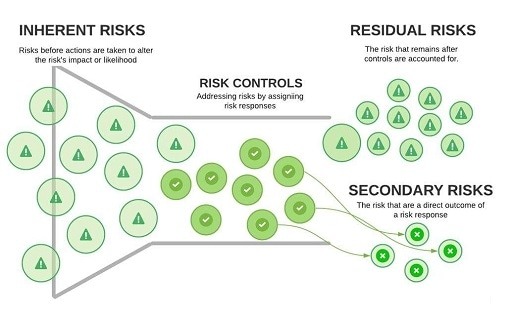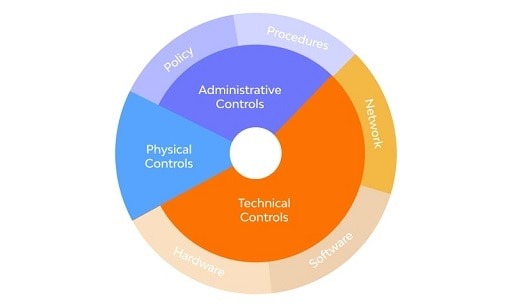A recent study by programming experts from https://assignmentcore.com indicates that the development of AR/VR applications is still largely a non-professional activity. C#, C/C++, Java, JavaScript, and Python are the preferred languages for developers in this field. Virtual Reality Programming Languages.
VR is getting popular over years. More and more companies are looking in this direction to modernize their products and services using this technology. We’ve already seen some examples of using VR in advertising and marketing from big brands. So this trend is going to keep growing in popularity.

In this blog post, let’s briefly overview the top 5 programming languages for virtual reality with their pros and cons.
C#
If you are just starting to learn the Unity game engine, this language is a good choice for several reasons. First, it is the most popular game engine, C# is the most popular programming language for building Unity applications. It works on both PCs like Mac platforms and most VR apps are coded in Unity.
Using the most popular language for the most popular engine is “virtual” evidence. It also has a large network of enlisted designers if you need any development assistance.
With Unity, it would be a way easier for you if you could use C#. Alternatively, you can even use JavaScript. We would recommend you use C# with Unity just because there are examples with C# on Unity.
C# is built on top net which is Microsoft’s runtime environment. It means that you can actually use Python Java on a bunch of other different languages that all compile down to this what they call a CLI within the dotnet infrastructure. However, C# is the most popular language that’s used for that.
C++
The C++ language is the most used. If you are looking to develop something on a smaller scale, it is recommendable to go with C#, but if you want to go much further and need more features… you will need Unreal from C++ .
Obviously, each platform has advantages and disadvantages. What are other popular VR programming languages that are worth your attention? Let’s talk about JavaScript, Java, and Python.
Java
Java this versatile programming language (developed a long time ago by Sun) works very well for virtual reality applications that are otherwise not necessarily games. Like C#, this object-oriented language is also useful for cross-platform applications like PC and Mac.
For this purpose, Java is more often the first that computer engineers and majors encounter in their universities because it owns the applications. and all the functionalities necessary for efficient and high-quality development of virtual reality.
Java uses older code and also assists software updates. The new 3D API allows different VR applications to generate the necessary 3D images in VR and helps to track body movements well. On the other hand, Java is an older programming language… but perhaps wiser for the development of virtual reality.
JavaScript (Virtual Reality Programming Languages)
JavaScript is rather the language of the Internet. As it is also the language understood by most browsers, it is a programming language that is easy to learn and widespread. It also incorporates lexical syntax similar to that of the more complex C programming language.
JavaScript works equally well for the WebVR platform involved in any type of building virtual reality applications based on the web environment. It is used by developers to easily create VR apps for the web and also for download.
In particular, this might be your best language if you are just getting started in the world of VR programming. Otherwise, this language should be the basis of your skills.
Python (Virtual Reality Programming Languages)
Although the four languages cited above are the consensus choices for the four major programming languages for virtual reality applications, several other languages are used in virtual reality. Among the so-called “other” languages used in the development of virtual reality, we find Python which offers many advantages, especially for novice developers.
Perhaps the easiest programming language to learn, the language itself is quite simple to understand, Python is a good language to learn for newbies who are just starting the field of VR development. Python also allows a user to develop different ideas with as few lines of code as possible, which can mean it’s faster and easier too.
Developers can quickly create multiple types of VR projects with several great packages associated with Python. It has a unique and easy way to download and troubleshoot.
Also, if a user has a good foundation in Python language so that he can switch to any of the four major VR languages, for example, the transition from Python to C# (with Unity) is quite simple and easy to manage, without too many obstacles or a steep learning curve.
Conclusion
Regarding the programming languages used to develop virtual reality applications, C# is preferred by a majority of developers (30%). C/C++, Java, visual development tools, followed by JavaScript and Python.
The study’s authors point out that C#, integrated into the Microsoft .NET platform, is especially preferred by professional developers because it is supported by the Unity cross-platform video game engine. JavaScript and Python are mostly used in the development of AR/VR applications in a non-professional setting.
The authors of the survey believe, however, that JavaScript could break into this area with the arrival of new tools such as WebVR, based on JavaScript and allowing to deploy via an API a virtual reality experience in web applications.
Would you like to read more about Virtual Reality Programming Languages-related articles? If so, we invite you to take a look at our other tech topics before you leave!










